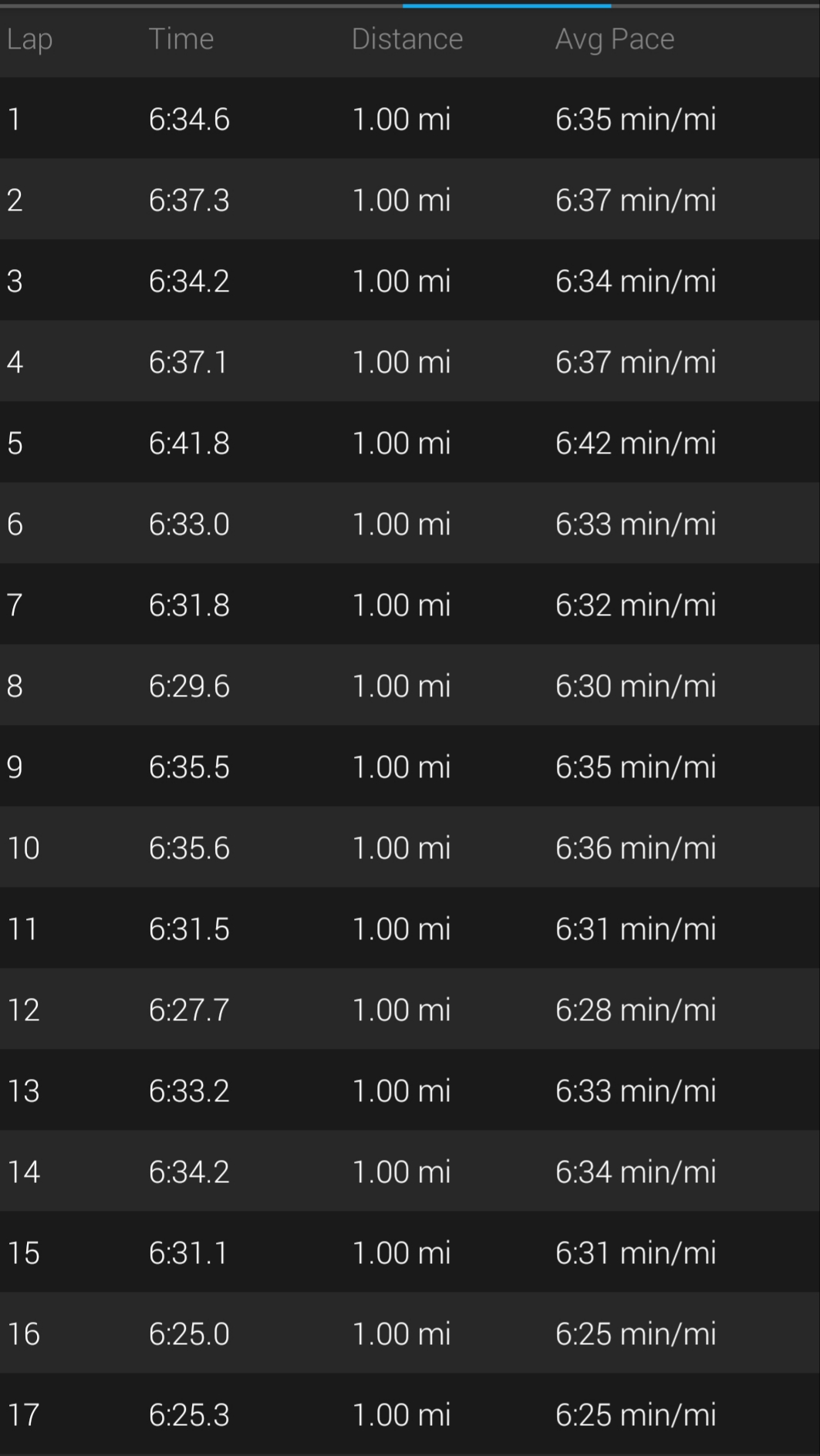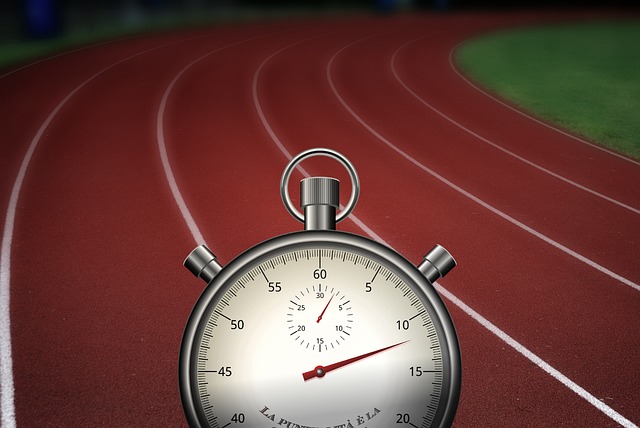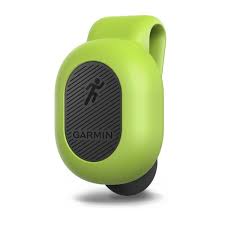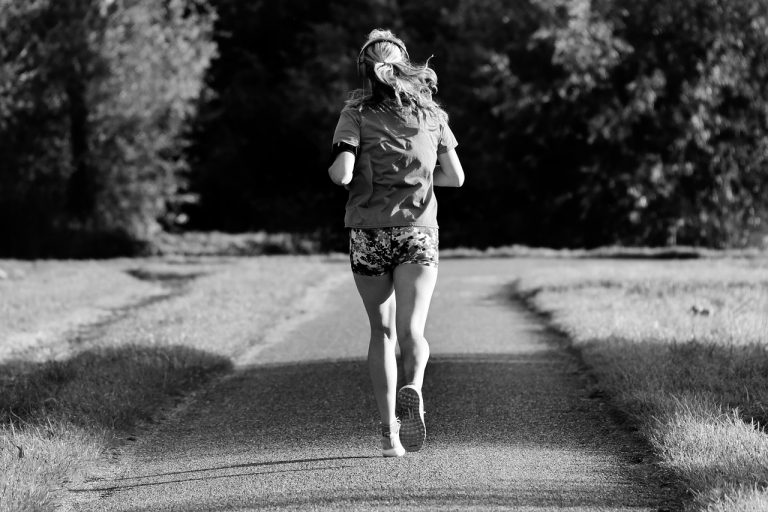How to pace your marathon
There are countless ways in which we can improve our marathon time, from more running, better nutrition, adding strength and technique work… the list goes on. One almost constant and very easily fixed error that I’ve seen in the marathons of clients as they begin coaching with me is wild variation in their pace per mile. Generally speaking I’d want to see no more than 15 seconds difference between one mile and the next, and that should be mostly down to course conditions. Overall there may be a gradual progression to faster paces of up to 45 seconds from the very first slow mile to what I’d hope would be a strong last mile.
Start right
The classic saying “start slow and get slower” will get you round a marathon, but in nothing like the time you could achieve. I agree with the first part, you should start slow, or at least slower than your intended target pace, so that you can gradually build into it and reach target pace by mile 3 or 4. This will leave you with a bit of catching up to do, but you’ll likely be no more than 60-90 seconds behind target, with 22 miles of well paced running to catch this up. It will be possible if you get it right.
What about elevation?
The elevation of the course will and should influence your pace. There’s no denying that however, big drop-offs aren’t necessary given that a lot of big marathons only have around 300-500ft of elevation gain and loss along the entire route.
Planning ahead
Your race plan should account for elevation changes, allowing you to be slower in miles with significant climbs, and slightly faster in miles that are predominantly downhill. Know when you expect these changes to occur so you can keep a close eye on paces and know when to push or stay steady. Pushing too hard up a slow hill to try and keep pace can be all it takes to derail your race.
Long runs don’t always have to be slow
Most of your long runs should be challenging but comfortable. If however, you only do runs at this pace (the often quoted 45-60 seconds per mile slower than marathon pace) you may miss out on knowing exactly how fast you could go. More importantly though, without hard runs you may not realise that your target pace is unrealistic for you and end up beautifully pacing the first 18 miles only to suffer in the last 8 miles, let down by not being as fit as you thought you were. A generic but useful piece of advice would be to do one of your long runs each month at a pace that’s closer to your marathon target pace, perhaps 15-30 seconds per mile slower.
The actual marathon distance
Whilst the marked course will measure 26.22 miles, anyone who’s ever run a marathon will know that you’ll cover at least an extra 0.2 miles in smaller races, or up to an extra miles in big city marathons if you’re unlucky. Factor this in when setting your pace target so you’re not disappointed at missing out by a few seconds.
If you plan ahead well, do some long runs at more challenging paces and start at the right pace, you’ll have a far better chance of running a faster and far more enjoyable marathon.
Written by Kyle Brooks, running coach based in Norwich, Norfolk







